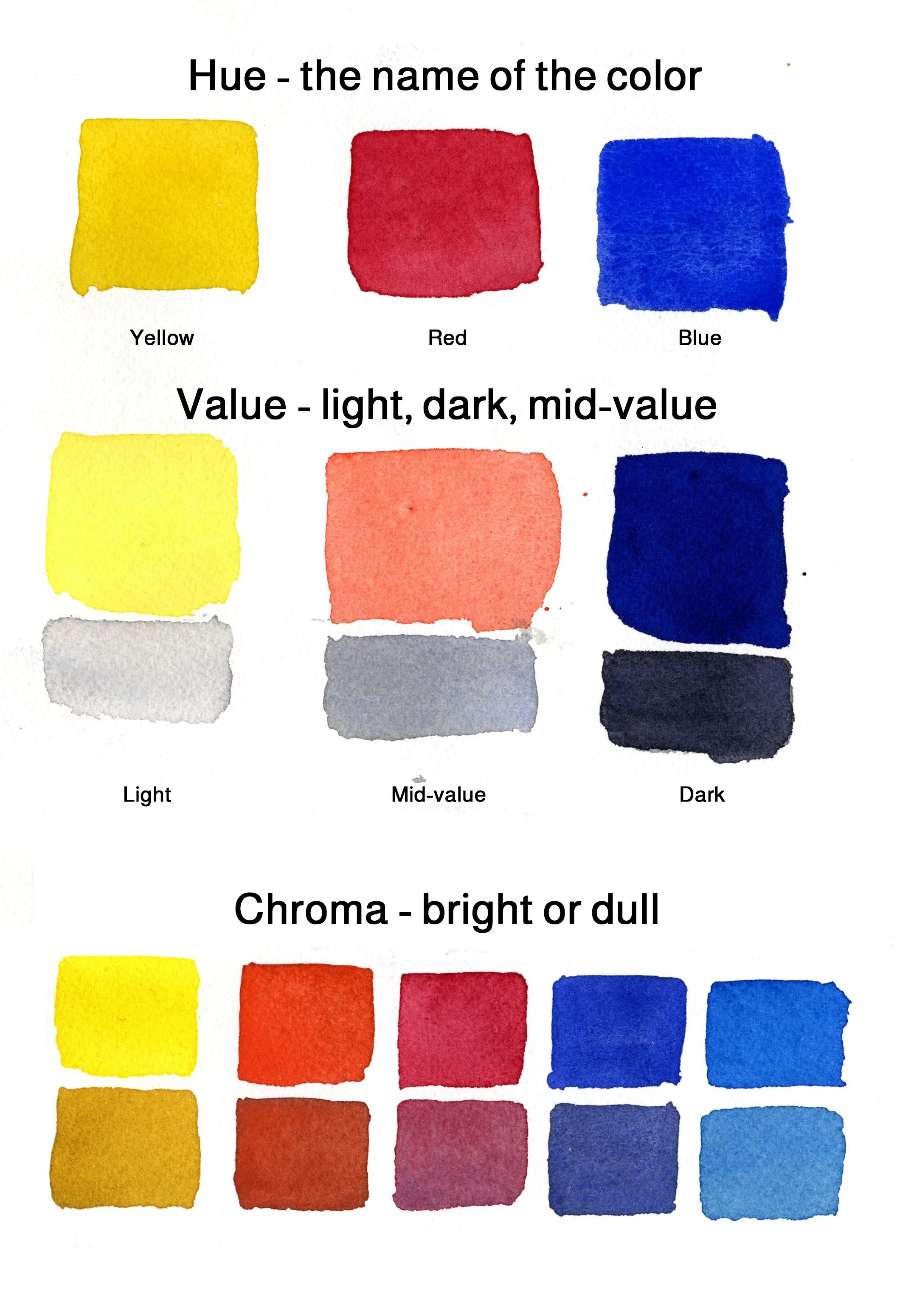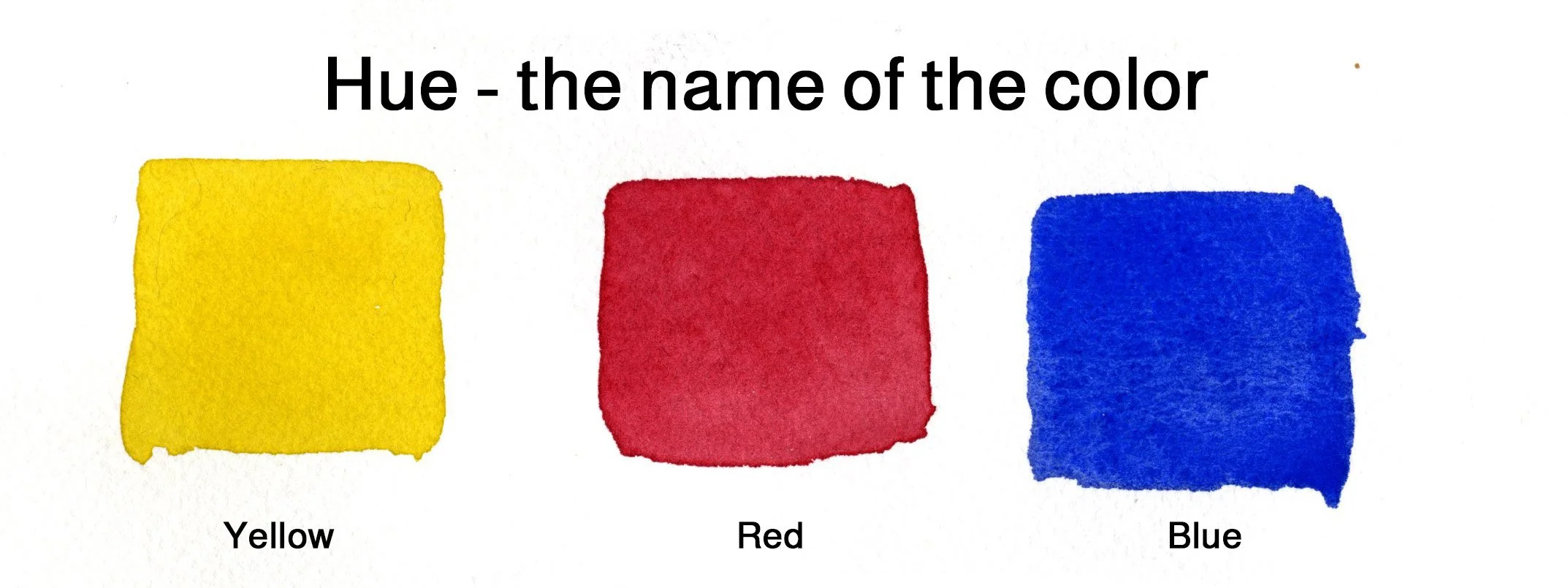The Characteristics Of Color
The Characteristics Of Color
Color is a term that is often used in a very general way. Usually, when referring to Color we are describing what is known as its “Local Color”, and mostly in terms of Hue, the simplest and, one might argue, the least important of the characteristics of color.
Color and its use in paintings is very complex and takes a long time to understand and use effectively. This lesson will get you started.
History Of Color
The modern understanding of color emerged when Issac Newton published “Opticks” in 1704. Among other conclusions, it included the discovery that white light actually consists of a combination of all colors across the color spectrum. It also included the discovery that white light is produced when all colors of the spectrum are combined.
Newton ended up presenting the color spectrum in the form of a circle because it could be used to predict the result of color mixing for two colors by pointing to the color midway between them. These discoveries and his presentation were starting points for others to develop ideas and methods to help artists understand and organize color relationships.
These efforts were a boon to artists, many of whom strive to find ways to use pigment to simulate the effects of light. Artists work revealed that ‘color’ encompasses several individual qualities. These qualities are described as the Characteristics Of Color. Depending on the book, course or instructor, there may be three or four. Hue, Value, and Chroma are always included as individual aspects of color. Temperature is a forth characteristic that is sometimes included and sometimes not.
To keep it simple, only Hue, Value and Chroma are covered in this article.
The Characteristics Of Color
HUE
Hue is simply the name of the color – red, yellow, blue, etc. Of the four characteristics of color, Hue is the most easily understood.
Usually, Hue is a general, descriptive name that is not all that descriptive or helpful to the artist. Both lemons and sunflowers are yellow, but they are clearly not the same color.
We most commonly use Hue to describe the local color – that is the inherent color of the object.
VALUE
Value is also easy to understand. It is a measure of the relative lightness or darkness of a color. It is also referred to as tone.
It is important to note that Value and “Color” are often referred to and treated as separate elements. In fact, Value is one aspect of Color, not separate from it.
Of all the characteristics of color, Value is the most important one to understand and use when composing your paintings. The range and placement of value is likely to have more effect on the viewers perception of light, form, space and mood than any other.
Contrasts of Value are also very eye-catching and are very effective in leading the viewers eye to the places we want it to go.
CHROMA
Chroma is the most difficult characteristic to understand - it’s an unusual word whose meaning is not always known or clear.
The simplest way to think of it is as the relative ‘brightness’ or ‘dullness’.
Saturation and Intensity are often used as substitutes for the word chroma. Both work well enough and are equivalent, but not exact substitutes.
Saturation can be thought of as an expression of the amount of paint in a shape or wash. Think in terms of how many particles of pigment are in a given volume or area.
Intensity is a measurement of relative color strength For some Hues – principally yellows, oranges and reds – colors are most intense at highest saturation.
For many others – principally dark violets, blues and greens, the color is most intense somewhere below highest saturation, because of the inherent dark Value.
Color In Theory And Practice
There are two different ways to approach a study of color - theoretical and practical. Theory is important because it offers the knowledge that leads to different ways of thinking about and using Color in one’s paintings.
Representational paintings are interpretations of a scene or subject in two-dimensions. Scenes exist three-dimensional space, subject to varying intensities and qualities of light. Successful representations depend in large measure on depiction of light, shadow and how they reveal apparent three dimensional form. Applying this knowledge is a practical exercise supported by important theoretical basics.
The first theory basic to get familiar with are these Four Characteristics Of Color.




